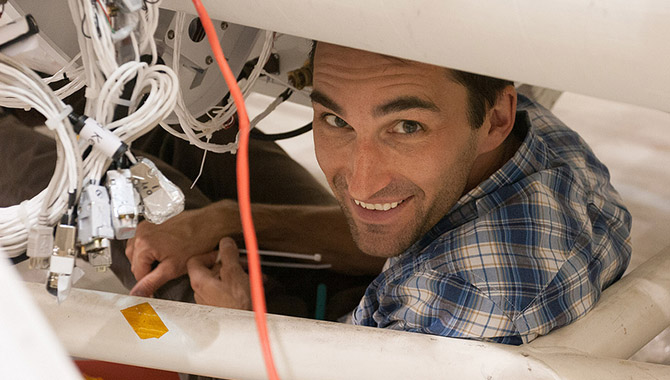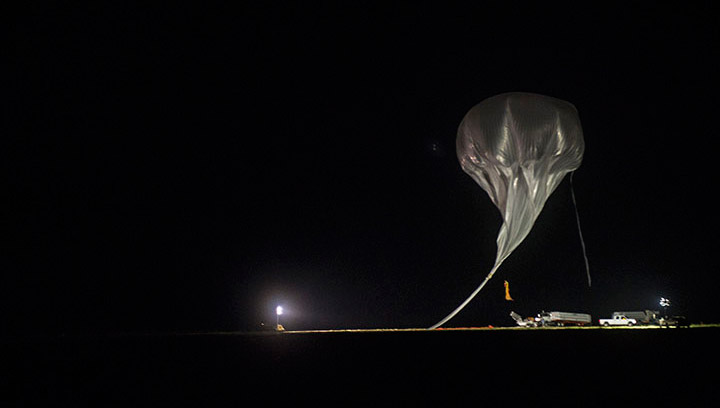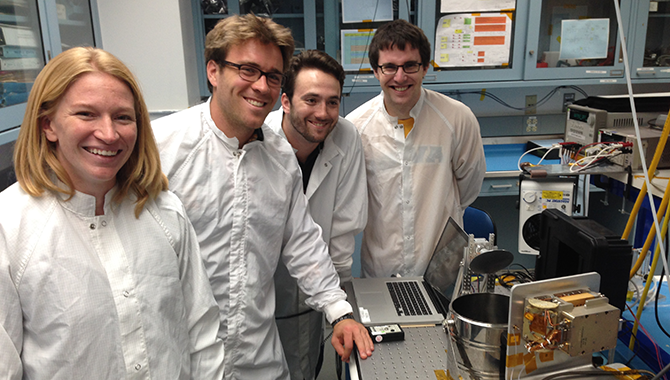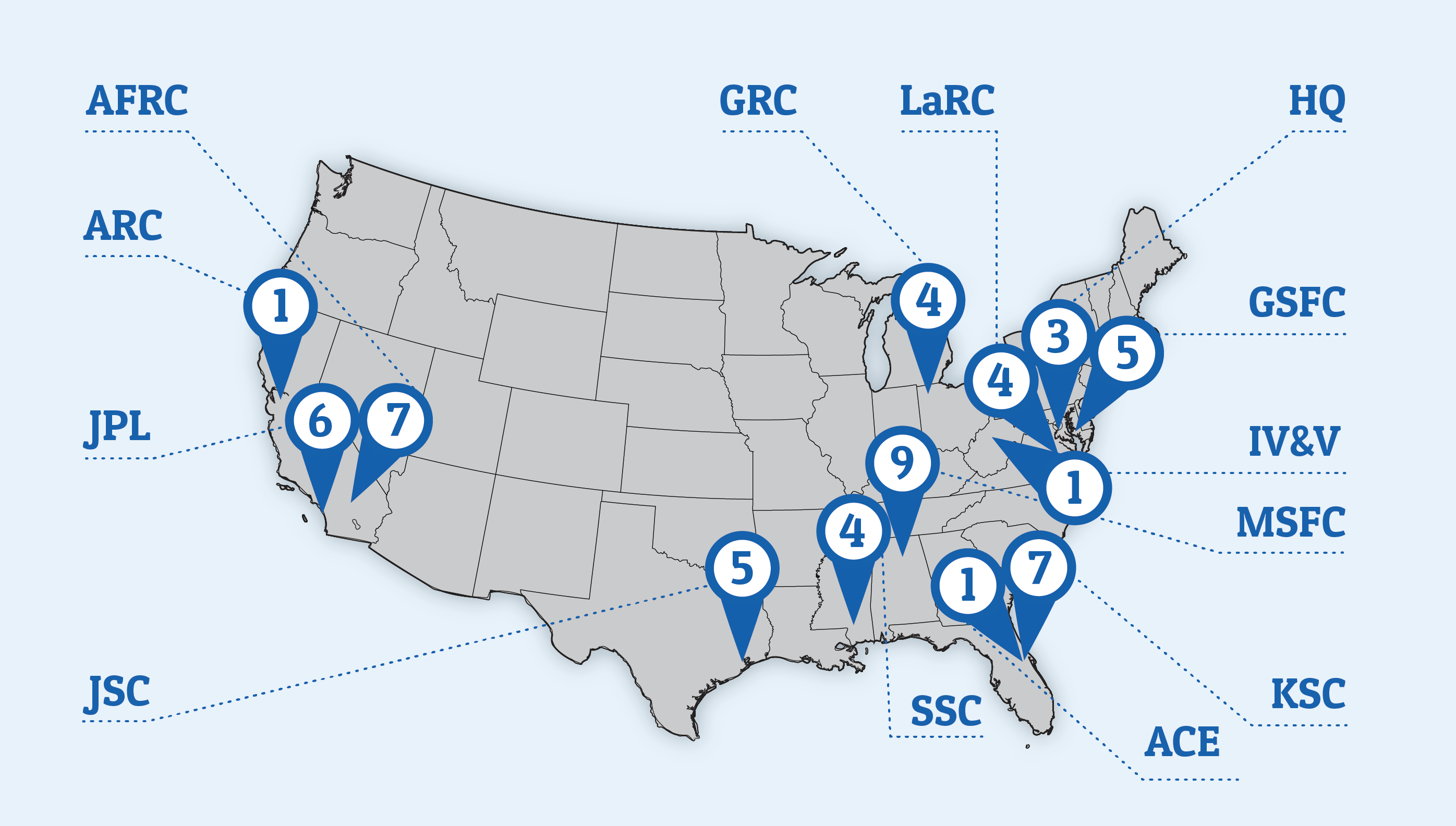
Early-career NASA employees from four hands-on development projects share their lessons learned in new online video modules.
The NASA Academy of Program/Project & Engineering Leadership (APPEL) Project HOPE (Hands-On Project Experience) and the Jet Propulsion Laboratory’s Phaeton Program hosted a series of virtual workshops featuring participants from each program. Conducted in the spring of 2013, recordings of each presentation are now available to NASA employees through SATERN, NASA’s learning management system.
The virtual workshops featured talks from team members about their Project HOPE/Phaeton lessons learned and how the experience has contributed to their professional development. The workshop projects and speakers included:
CubeSat Hydrometric Atmospheric Radiometer Mission (CHARM) / Radiometer Atmospheric CubeSat Experiment (RACE)
Alex Kadesch, project manager, Jet Propulsion Laboratory
- Watch Alex’s presentation in SATERN. (NASA Only)
- Visit the CHARM/RACE website.
High Energy Replicated Optics to Explore the Sun (HEROES)
Jessica Gaskin, co-principal investigator, Marshall Space Flight Center
Development and Evaluation of Satellite Validation Tools by Experimenters (DEVOTE)
Stuart Cooke, project manager, Langley Research Center
- Watch Stuart’s presentation in SATERN. (NASA Only)
- Visit the DEVOTE website.
Coastal and Ocean Airborne Science Testbed (COAST)
Jennifer Dungan, project manager, Ames Research Center
Project HOPE and Phaeton offer early-career professionals the opportunity to propose, design, develop, build, and launch small flight or suborbital projects over the course of one year. The goal is to provide NASA practitioners with the knowledge and skills necessary to manage the agency’s future flight projects.
Co-principal investigator Steven Christe working on the targeting technology, called the Solar Aspect System. Developed at NASA Goddard, this sophisticated, new pointing technology will enable scientists to aim HEROES with a high degree of precision to target highly specific points on the sun.
Featured Photo Credit: NASA / Albert Shih









